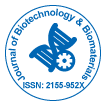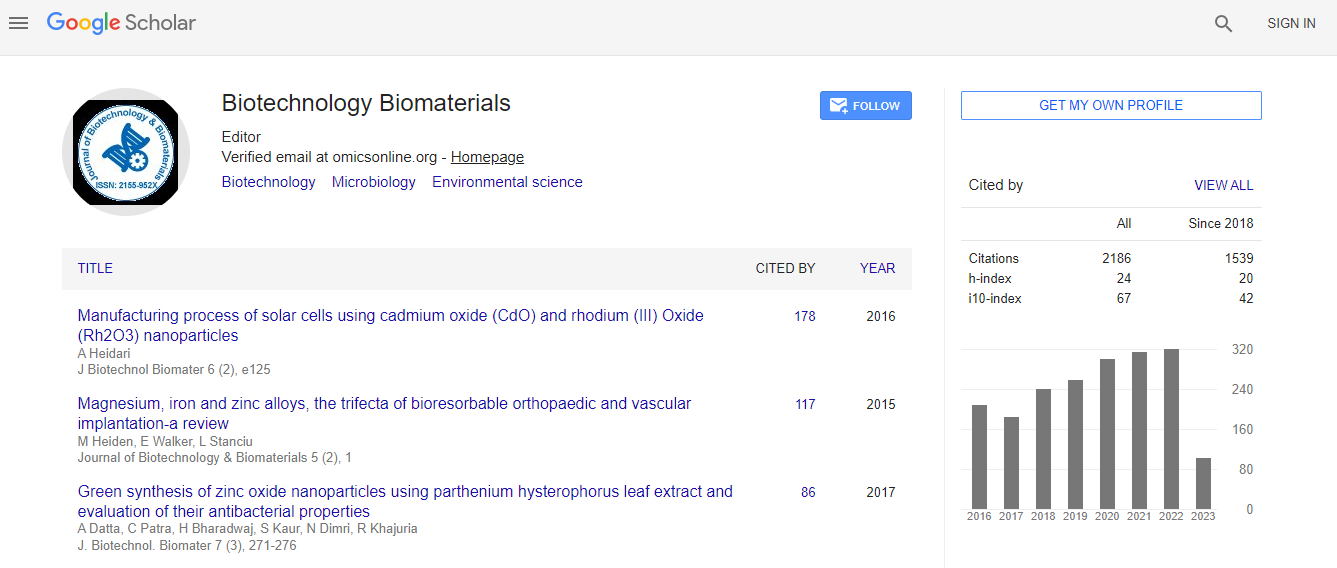Our Group organises 3000+ Global Events every year across USA, Europe & Asia with support from 1000 more scientific Societies and Publishes 700+ 91�Թ� Journals which contains over 50000 eminent personalities, reputed scientists as editorial board members.
91�Թ� Journals gaining more Readers and Citations
700 Journals and 15,000,000 Readers Each Journal is getting 25,000+ Readers
Citations : 3330
Indexed In
- Index Copernicus
- Google Scholar
- Sherpa Romeo
- Open J Gate
- Genamics JournalSeek
- Academic Keys
- ResearchBible
- China National Knowledge Infrastructure (CNKI)
- Access to Global Online Research in Agriculture (AGORA)
- Electronic Journals Library
- RefSeek
- Hamdard University
- EBSCO A-Z
- OCLC- WorldCat
- SWB online catalog
- Virtual Library of Biology (vifabio)
- Publons
- Geneva Foundation for Medical Education and Research
- Euro Pub
- ICMJE
Useful Links
Recommended Journals
Related Subjects
Share This Page
In Association with
Strong cytotoxic potential and anti-proliferative effect of Nardostchys jatamansi DC herbal extract on human glioblastoma cell lines as revealed by bioanalytical tools
6th World Congress on Biotechnology
Himanshi Kapoor and Veena Agrawal
University of Delhi, India
ScientificTracks Abstracts: J Biotechnol Biomater
DOI:
Abstract
Glioblastoma is the primary cause of death due to brain tumors and there is an urgent need to find an alternative therapy using herbal extracts for it. Plant based medicines are a reliable source of drugs as they heal synergistically with minimum or no side effects. In the present investigation a strong bio-efficacy of Nardostachys jatamansi DC rhizome extract on human glioblastoma cell lines U87 MG and U373 MG has been seen. Bioassays conducted with methanolic extract of dried rhizomes after 24, 48 and 72 hours of the treatment revealed that the IC50 value as obtained through the absorbance versus dose plot of MTT assay was around 40 �?¼g/mL. Drug 50 �?¼g/mL was able to induce DNA fragmentation in the cells indicating apoptosis. The necrotic cells were differentiated from the apoptotic cells using Acridine orange and Ethidium bromide differential fluorescence staining which revealed that the key process of cell death was apoptosis and the dose as low as 20 �?¼g/mL of the drug was able to induce early apoptosis, whereas higher doses exhibited complete apoptosis. The drug also exhibited a cell cycle arrest at G1/G0 phase at higher doses such as 60 �?¼g per mL and 80 �?¼g per mL as determined through flow cytometry. DAPI staining of the cells after drug treatment exhibited severe DNA damage at 60 �?¼g/mL and 80 �?¼g/mL concentrations along with excessive nucleation and mitotic catastrophe at even lower doses such as 20 �?¼g per mL and 40 �?¼g per mL. These studies have proved that the plant extract has a strong cytotoxic potential against Glioblstoma and the response was dose and time dependent. Incidentally, the extract was seen to be harmless to the normal cell line HEK. This is our first report proving strong anti-cancerous activity of the Nardostachys jatamansi rhizome extract.Biography
Himanshi Kapoor has completed her MSc in Botany from the University of Delhi. She is currently a PhD Scholar in Professor Veena Agrawal’s Laboratory at the Department of Botany, University of Delhi. She is a CSIR-UGC SRF working on anti-cancerous medicinal plants. She has published one paper and attended one international conference and one national conference.
Email: himanshi.kapoor28@gmail.com

